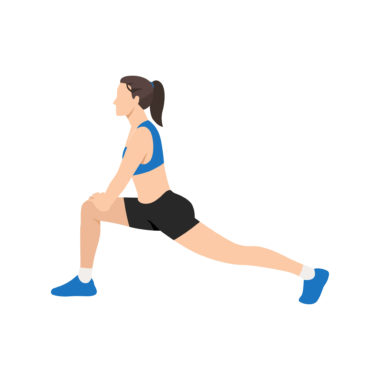Chilblain Lupus Erythematosus (CLE) is an uncommon disorder in people who have both Chilblains and Lupus conditions. They may experience skin lesions on their toes, fingers, nose or ears consistent with chilblains symptoms, along with Lupus symptoms and lab test results. Lupus is a chronic autoimmune condition that occurs when the body’s immune system attacks its own organs and tissues.
Chilblains, also known as Pernio or Perniosis, is a condition causing itching, red patches, swelling and blistering mostly on hands and feet in response to cold exposure and most often experienced by people living in cold climates. Other symptoms may include burning, pain, depigmentation, skin thickening, ulceration or secondary infection. Young and middle-aged women are the populations most commonly affected. Being underweight may increase the risk of chilblains.
In most people, a skin manifestation of chilblains occurs 12-24 hours after exposure to cold, and resolves within a few weeks. Symptoms generally begin in winter and resolve by spring. There may be seasonal recurrences.
CLE may develop sporadically, meaning it can occur later in life in adults. It can be inherited due to gene mutation, but generally the reason for arising is unknown.
Raynaud’s Disease and chilblains are different, though both are problems with circulation. A person may experience both. People with Raynaud’s disease are more susceptible to getting chilblains.
Raynaud’s disease (or phenomenon) is an exaggerated body response that causes constriction of the blood vessels. The mechanisms that control the blood vessels constriction are altered or defective. Most commonly occurring in fingers and toes, Raynaud’s disease symptoms are evidenced by a change in skin color from cold weather or emotional stress. When Raynaud’s does occur, there are three phases represented by changes in skin color.
Phase 1: Severe constriction of blood vessels in the affected area makes the skin surface cold to touch and white in color. There is virtually no blood flow to the affected area.
Phase 2: When the reduced flow of blood in the skin slowly returns, the skin typically turns a purple-blue color.
Phase 3: When the affected blood vessels become completely dilated allowing blood flow to resume, the skin turns red.
Chilblains is thought to be caused by inflammation due to poor circulation where blood vessels are constricted due to cold exposure. The inflammation causes the tell-tale signs of chilblains swelling and blisters.
Remedies for Chilblains
- Keep the affected skin dry and warm.
- Apply lotion to alleviate any itching. Do not scratch.
- To prevent infection, keep the affected area clean with antiseptic and a bandage.
- If chilblains does not clear up using the above remedies, your doctor may prescribe corticosteroid cream and/or blood pressure medication, called Nifedipine, which dilates the blood vessels to improve circulation.
How to Prevent Chilblains
- Avoid exposure to cold temperatures.
- Keep warm and dress in layers of loose clothing and water-resistant footwear. Do not wear tight-fitting clothes or shoes.
- Keep your home and workplace comfortably warm.
- Keep your hands, feet and face warm and dry.
- Do not smoke. Smoking has a detrimental effect on blood vessel disease and wound healing.
- Make sure to rewarm skin that is gradually exposed to cold. Rapid rewarming may make chilblains worse.
- Poor circulation puts people at increased risk of chilblains. Take steps to improve circulation by staying active. Studies have shown that lower body stretching exercises release chemicals that expand the arteries, so more blood can enter. Stretching exercise can also help protect against heart disease and stroke.
Lower body Stretching exercises




When do you call the doctor?
- If chilblains does not improve within a few weeks
- When there are signs of infection that may include:
- swelling and pus in the affected area
- a high body fever 100.4 Fahrenheit (38 Centigrade) or above
- swollen glands
Take away message
Having Chilblain Lupus Erythematosus can be challenging and painful. The best approach for this condition is to take all precautions to avoid developing it. Dress warmly in loose-fitting clothes, and cover any exposed skin from cold. One of the best ways to improve the health of blood vessels is to regularly exercise. Most importantly, keep stretching your legs to improve your circulation.
“A champion is defined not by their wins but by how they can recover when they fall.”
– Serena Williams


